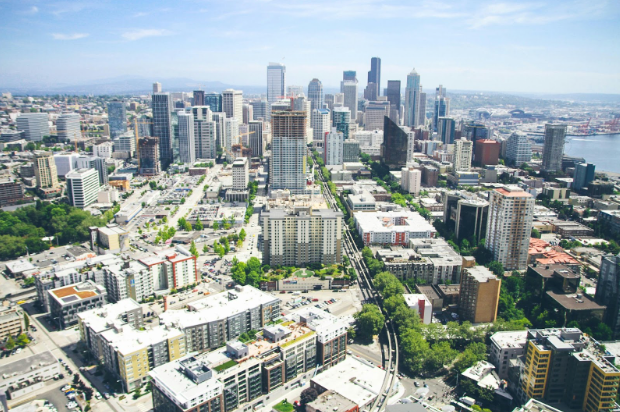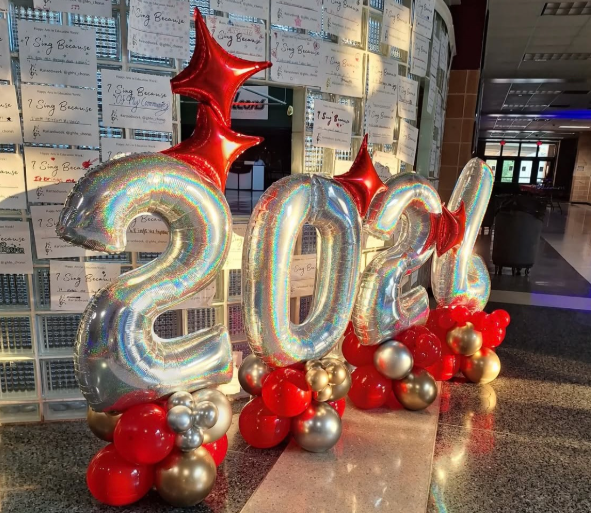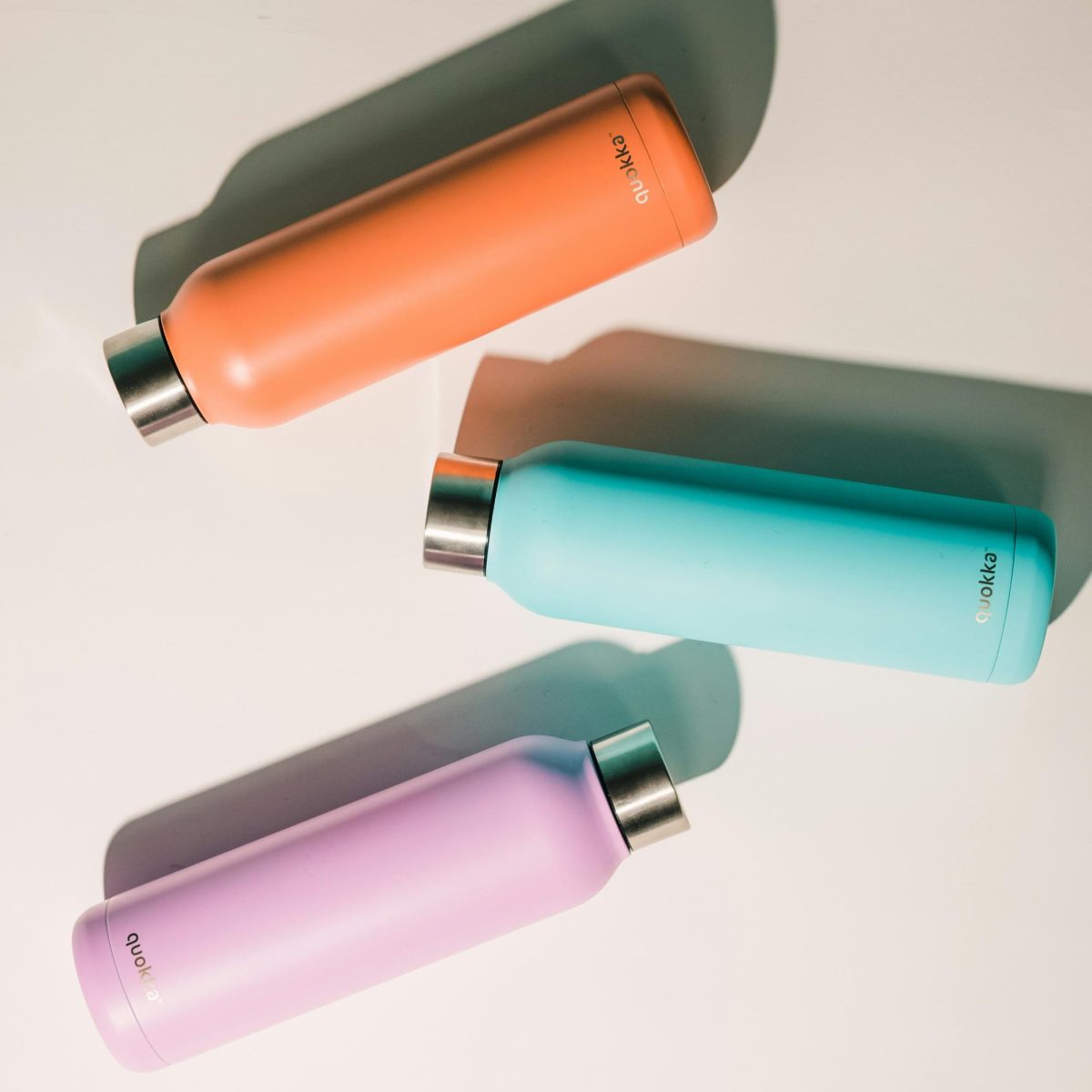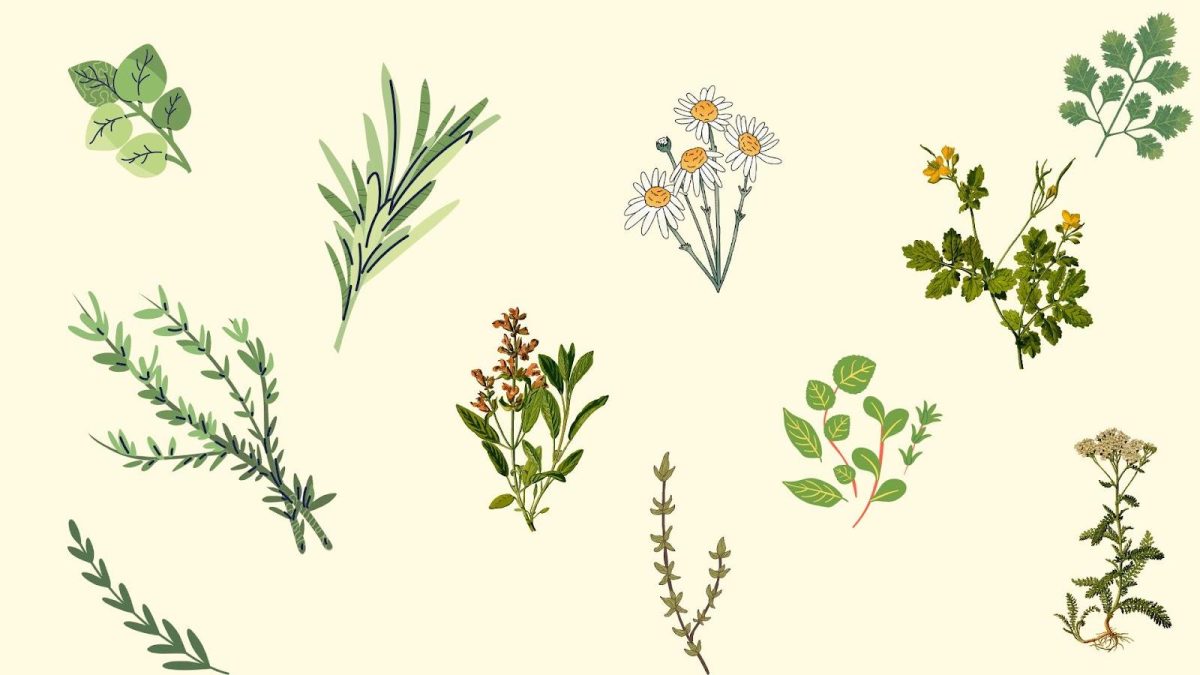Growing plants can seem like a hard task, but herbs are a great way to start. They are quite easy to set up and grow from seeds, and this guide can help you through that endeavor. From pot to plant type, here are a few things to consider when starting.
Pot Type
Pots come in a myriad of sizes, designs and materials, making it hard to choose the right one. To grow herbs, a terracotta or plastic pot is best. Terracotta is a light clay, which allows water to evaporate and drain easier than other materials, and plastic can be easy to carry, lightweight and budget friendly. Stay away from metal pots as these are prone to temperature changes from sunlight or the lack thereof.
Plant type
There are three different categories of plants: perennials, biennial, and annual. These three categories subdivide plants into the length of their life. Perennials grow and die, but can come back even years after if they plant seeds, biennials, by comparison, have a slightly shorter cycle of 2 years, and annual plants will live and wither within the same year. Choose a plant according to your lifestyle and willingness to keep at the hobby.
Soil
Drainage is key to growing herbs, so organic soils are best. The size of the soil particles are important, the greater the particle, the easier water can flow past. Opting for organic soil will prevent root-rot and drowning happening within the pot.
Watering
Watering a plant is essential to its growth. However, if you’re a chronic procrastinator or just simply forgetful, you’re in luck. Herbs grow better with drier soil, giving you leeway in your watering cycles. To know when it’s time to actually water it, touch the soil. If it is flaky and dry, it’s time for water. If not, let it be. Lenient water cycles are a huge perk of growing herbs, for they are pretty forgiving if you forget to spray them for a week… or two.
Sunlight
To know the right amount of sunlight, read the back of your seed packet for specific instructions. Usually, herbs such as basil and chamomile enjoy the sun, but some herbs do also enjoy the partial shade.
Harvesting
Once your seeds are full grown, it’s time to reap. To harvest your hard work, cut above a node on the plant. Nodes are small bulbs found on the stem that can create new leaves, stimulating growth. While reaping is fun, don’t take a ton and allow the nodes to heal over and grow between collections.
Herbs are a fun way to dip your toes into both spring and gardening at once. Using these tips, you can build a prosperous set of herbs, for foods and drinks alike, that’ll leave any guests stunned!




















































































